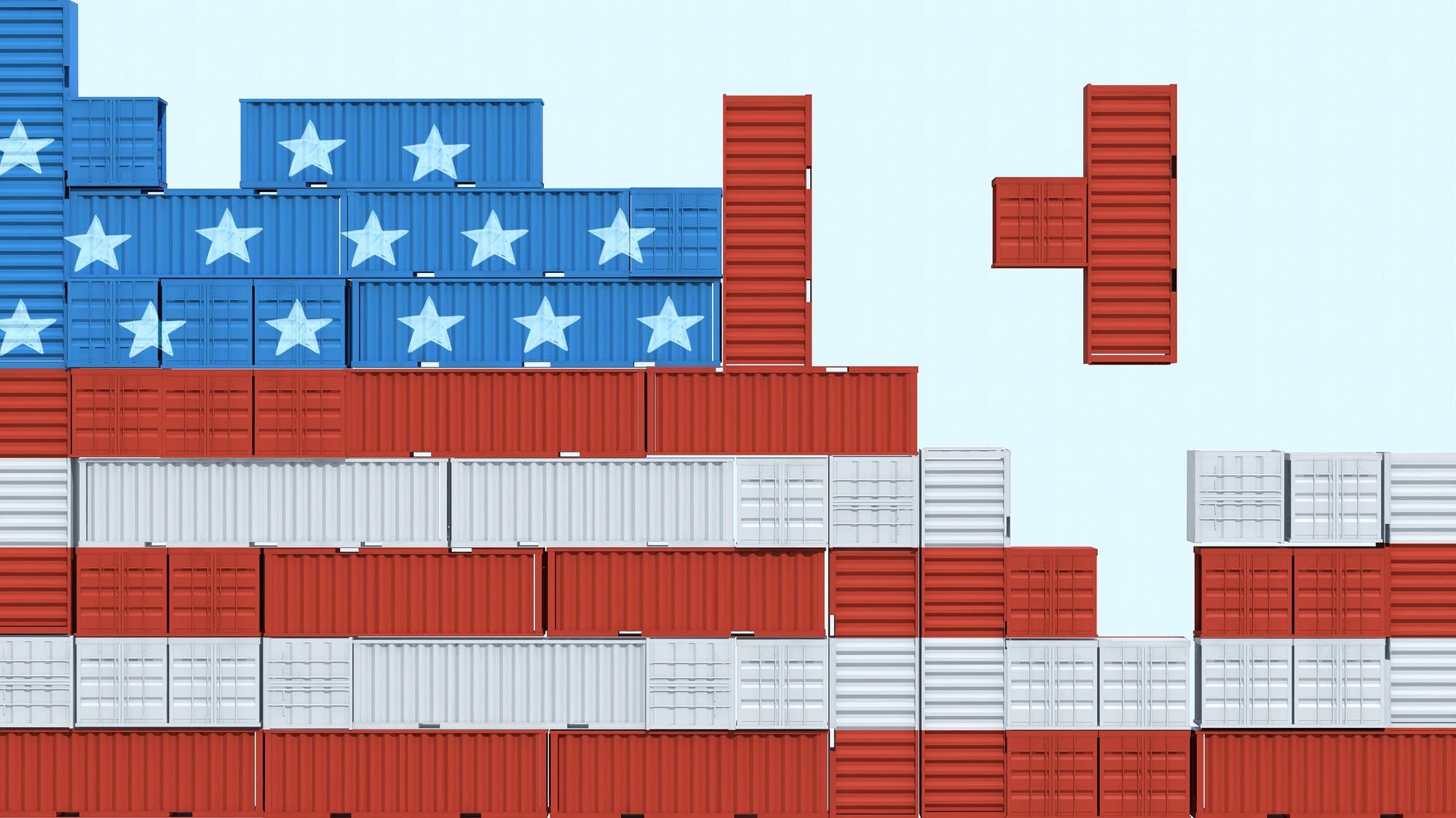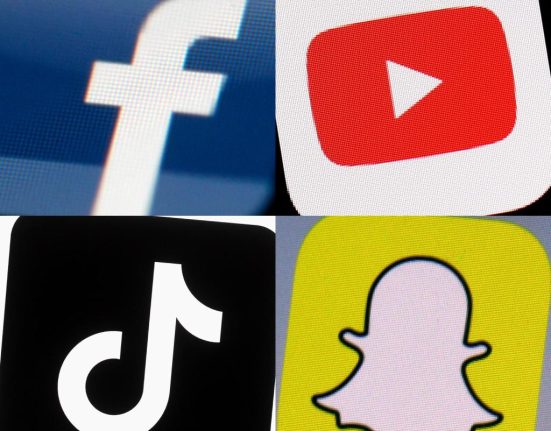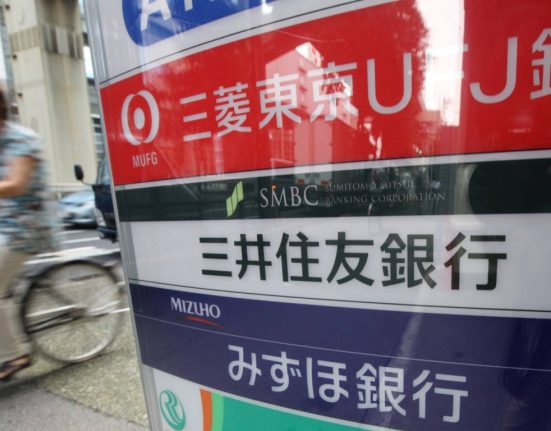The White House’s trade agreements with Japan and the EU were in part designed with the intention of reducing the trade deficit with both of these trading partners — never mind that trade deficits are not inherently bad.
The agreements also involve massive commitments from Japan and Europe to invest more in the U.S. Last week we talked about Japan’s commitments to invest more than half a trillion dollars in the U.S. and where that money might go. The EU has now committed to investing $750 billion. But here’s the issue — reducing trade deficits and increasing investment, you can’t do those at the same time. Why not? Math.
The Nasdaq does not take yen. A contractor building a factory in Alabama does not take Euros. So, if the EU and Japan are going to invest a whole lot more here, what are they going to do?
“They do have to get dollars,” said Maury Obstfeld, a senior fellow at the Peterson Institute for International Economics.
Now where do you suppose Japan and Europe are going to get those dollars from?
“Exporting more goods to us that we import,” said Obstfeld.
In other words, the dollars they need come from the U.S. Every time someone here buys an imported Japanese car, or a bottle of French wine, or a French bond for that matter, they are sending dollars out into the world. That’s where France and Japan get the dollars they need. The trade deficit is literally where foreign investors get the dollars to invest in the U.S.
“It’s a matter of accounting, its not a matter of economic theory,” said Gene Grossman, a professor of international economics at Princeton. “Let’s say Trump succeeds in getting Japan to spend an extra $550 billion, did he say, it’s going to show up somewhere and that extra investment is going to show up in a bigger U.S. trade deficit.”
Suppose, for argument’s sake, that accounting doesn’t matter and math is irrelevant. The trade deficit shrinks due to tariffs, but Japan and Europe still want to invest in the U.S. So — what would they do then?
“They are gonna bid up the price of the dollar,” said Obstfeld. “The price of the dollar will become more expensive.”
And what would likely happen if the dollar became more expensive?
“That’s going to make foreign goods cheaper for Americans and American goods more expensive for foreigners,” Obstfeld said.
So, the U.S. imports more and exports less, “The likely effect of all of that is a bigger U.S. trade deficit,” Obstfeld said.
In fact, that is exactly what happened despite higher tariffs in the first Trump administration.
“What happened after the 2018-19 tariff is that the trade deficit in the U.S. continued increasing,” said Liliana Rojas-Suarez, a senior fellow at the Center for Global Development.
Why? Because, she said, because other countries invested more in the U.S., using the dollars sent to them.







